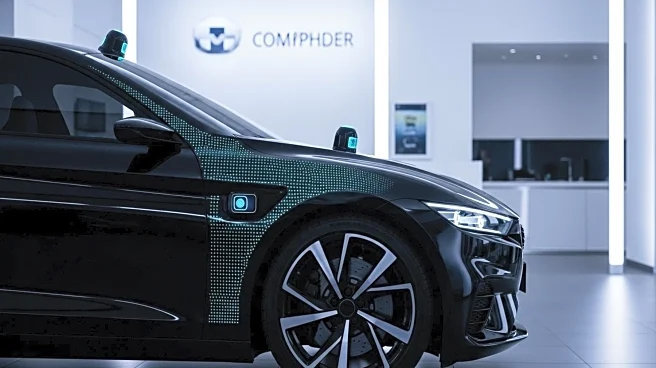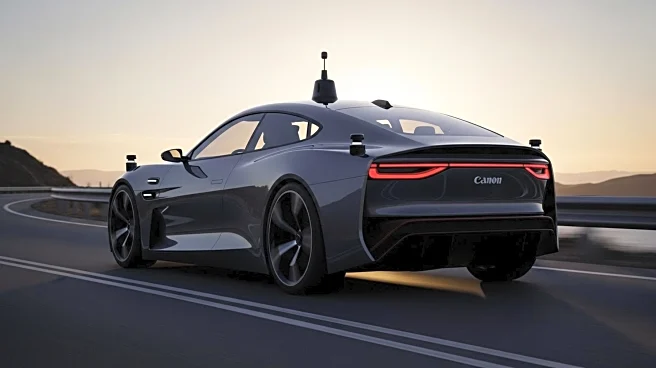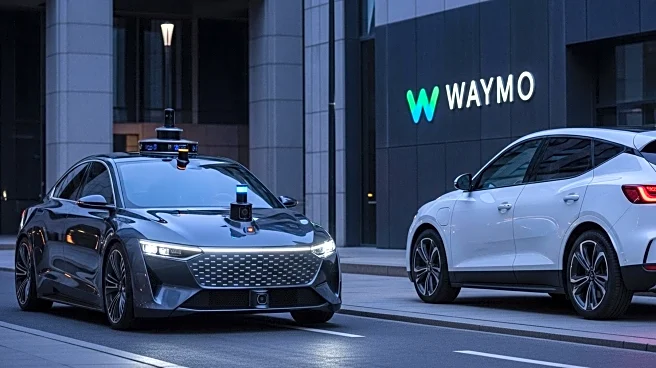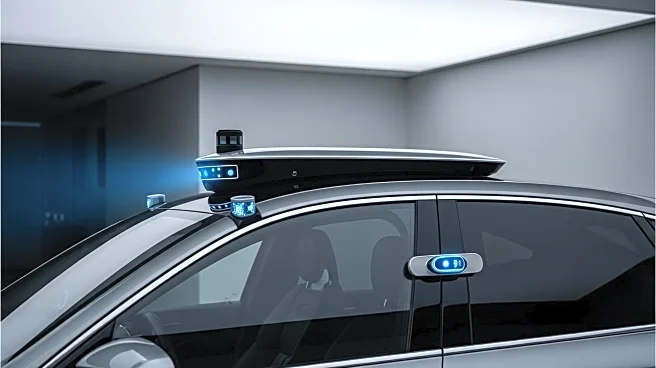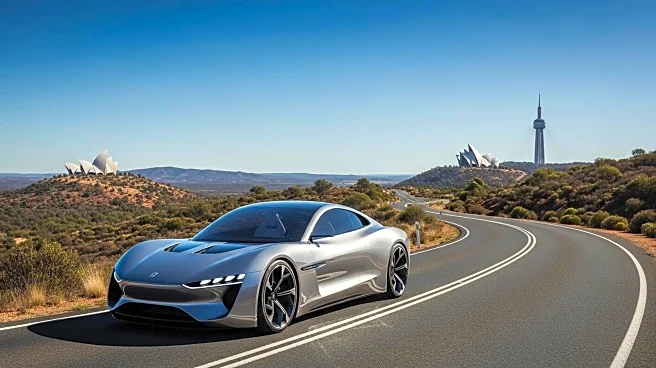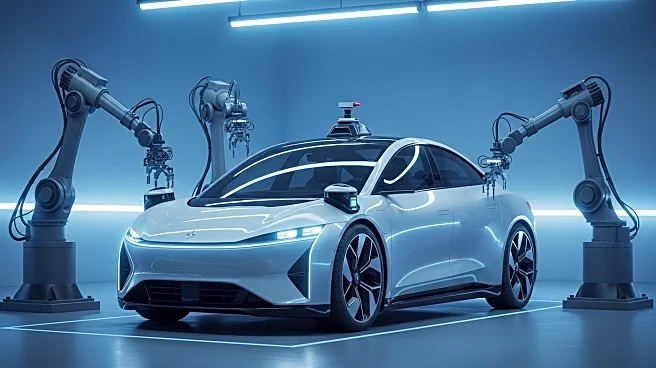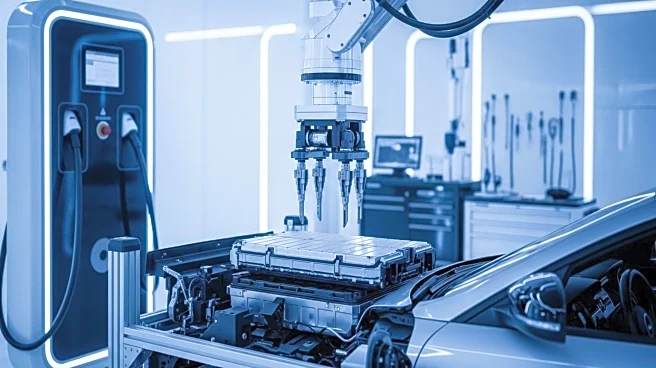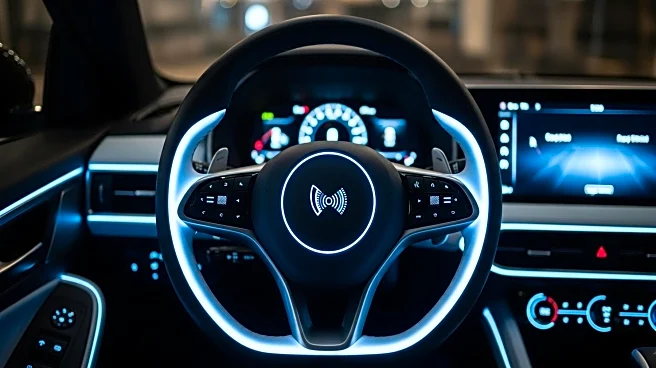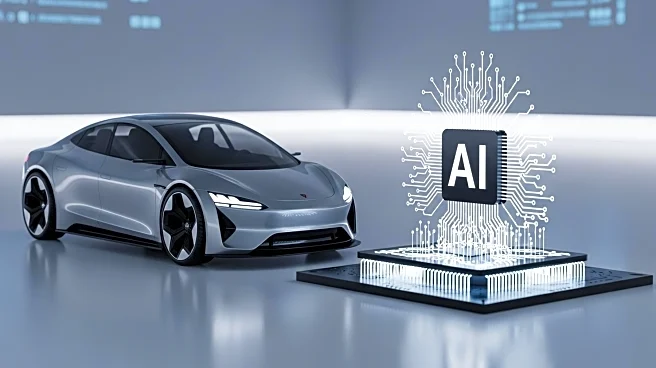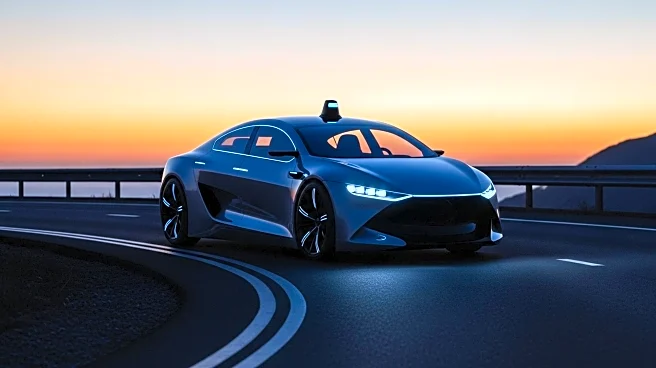What is the story about?
What's Happening?
Nissan is positioning itself as a formidable competitor in the autonomous vehicle market by adopting lidar technology, which Tesla has notably avoided. The company plans to integrate lidar across its vehicle lineup by the end of the decade, aiming to equip over 2.5 million vehicles with its ProPilot system by 2026. This approach contrasts with Tesla's reliance on cameras and neural networks for its Full Self-Driving (FSD) technology. Nissan's strategy focuses on reliability and situational awareness in unpredictable traffic conditions, as demonstrated in a recent test drive in Tokyo using a Nissan Ariya equipped with advanced sensors and AI software from Wayve. The system successfully navigated complex urban environments without human intervention, although a Nissan engineer was present as a precaution.
Why It's Important?
Nissan's adoption of lidar technology represents a significant shift in the autonomous vehicle industry, potentially setting a new standard for safety and reliability. By focusing on lidar, Nissan aims to enhance depth perception and obstacle detection, which are crucial for navigating dense traffic and urban environments. This approach may appeal to consumers and regulators who prioritize safety over speed in the rollout of autonomous technologies. As Tesla continues to face scrutiny over the safety and readiness of its FSD system, Nissan's cautious strategy could gain public trust and regulatory approval, potentially influencing industry standards and consumer expectations.
What's Next?
Nissan plans to gradually integrate its lidar-enhanced ProPilot system into its vehicle lineup, with full deployment targeted for the 2027-2028 fiscal year. The company aims to make lidar standard across its vehicles by the end of the decade, which could lead to increased competition with Tesla and other automakers in the autonomous driving space. As Nissan continues to test and refine its technology, it may face challenges related to regulatory approval and consumer adoption. The success of this strategy could depend on how effectively Nissan can demonstrate the safety and reliability of its system compared to existing solutions.
Beyond the Headlines
Nissan's strategy highlights a broader debate in the autonomous vehicle industry regarding the use of lidar versus camera-based systems. This technological divergence reflects differing philosophies on risk management, regulation, and public trust. As Nissan pursues a slower, more cautious rollout, it may influence regulatory frameworks and industry standards, potentially leading to increased scrutiny of camera-only systems like Tesla's. The long-term implications could include shifts in consumer preferences and industry practices, as well as advancements in AI and sensor technologies.
AI Generated Content
Do you find this article useful?
